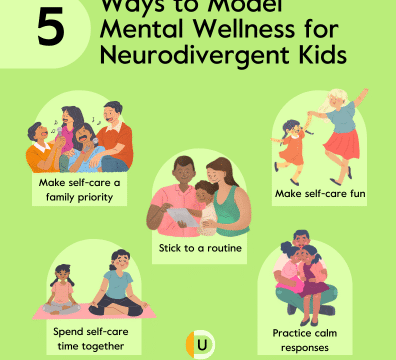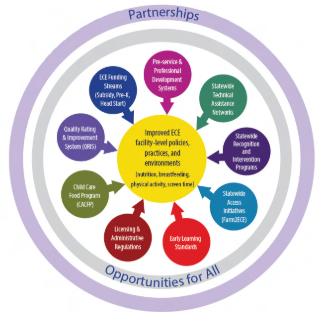Virtual tests have become a major part of modern education and professional certification. Whether you are a student or a working professional, preparing effectively for virtual tests is essential for success. These tests bring unique challenges that differ from traditional exams, especially since they rely on technology and self-discipline. This article will guide you through practical steps to prepare well and perform your best in virtual exams.
Understand the Virtual Test Environment
Before diving into study plans, it’s important to familiarize yourself with the virtual test environment. Virtual tests may be conducted through different platforms such as Zoom, Google Meet, or specialized exam software. Some tests require live proctoring, webcam monitoring, or specific software installation.
-
Know the rules: Check if there are any restrictions on what materials you can have during the test.
-
Test format: Understand whether the test consists of multiple-choice questions, essays, timed tasks, or open-book sections.
-
Technical requirements: Confirm the required browser, software, camera, and microphone setup.
Knowing these details in advance helps you avoid last-minute surprises and reduces test anxiety.
Prepare Your Technology Early
Technology is the backbone of virtual tests, so it’s critical to prepare your devices ahead of time.
-
Check your internet connection: A stable and fast connection minimizes interruptions. If possible, use a wired connection.
-
Test your hardware: Verify that your computer, webcam, and microphone are working properly.
-
Keep backup options ready: Have a backup device or alternative internet source, like a phone hotspot, in case of technical failures.
-
Charge your devices: Ensure your computer or laptop is fully charged or plugged in during the test.
By testing your technology well before the exam, you can resolve any problems calmly instead of panicking during the test.
Set Up a Dedicated Test Space
Creating an appropriate testing environment plays a huge role in your concentration and performance.
-
Find a quiet spot: Choose a place free from noise, distractions, and interruptions.
-
Inform others: Let family members or roommates know your test schedule so they respect your quiet time.
-
Comfort matters: Sit in a comfortable chair with good posture and proper lighting to avoid strain.
-
Minimize clutter: Keep your desk clean with only allowed materials, such as notes or calculators.
A calm and organized workspace helps you focus better and feel confident.
Plan and Organize Your Study Time
Effective preparation involves more than just studying hard. Planning is key to managing your time and avoiding stress.
-
Create a study schedule: Break down your study topics over days or weeks. Set realistic goals for each session.
-
Use active learning methods: Practice past papers, quiz yourself, and summarize key points instead of passive reading.
-
Take regular breaks: Short breaks during study sessions improve focus and memory retention.
-
Avoid procrastination: Stick to your schedule to prevent last-minute cramming.
Consistent, well-organized study habits build understanding and improve recall on test day.
Practice with Sample Tests
Many online platforms or instructors provide sample questions or mock tests.
-
Simulate the test environment: Try timing yourself and avoid distractions to replicate actual test conditions.
-
Familiarize yourself with the interface: Practice navigating through the software or platform used in the test.
-
Identify weak areas: Use practice results to focus on topics needing improvement.
-
Build confidence: Repeated practice reduces anxiety and increases your readiness.
Taking practice tests is one of the most effective ways to prepare mentally and technically for virtual exams.
Review Test Guidelines Thoroughly
Each virtual test may have specific rules you need to follow.
-
Understand allowed materials: Know what books, notes, or tools you can use.
-
Check submission methods: Learn how to submit answers — whether online forms, uploads, or live typing.
-
Comply with proctoring rules: Some tests require video monitoring or screen sharing to prevent cheating.
-
Be aware of timing: Know the test start time, duration, and any breaks.
Following all guidelines ensures your test is accepted and scores count without issues.
Take Care of Your Physical and Mental Health
Your health directly affects your cognitive performance.
-
Get enough sleep: Aim for 7-8 hours before test day to stay alert.
-
Eat balanced meals: Fuel your brain with nutritious food and stay hydrated.
-
Practice relaxation techniques: Meditation or deep breathing can calm nerves.
-
Avoid excessive caffeine or sugar: These can cause energy crashes or jitters.
Healthy habits improve your ability to focus and think clearly during exams.
On Test Day: Stay Calm and Focused
The day of the test can feel overwhelming, but staying calm is essential.
-
Log in early: Connect 10-15 minutes before the test to handle any technical checks.
-
Read instructions carefully: Take time to understand each question before answering.
-
Manage your time: Pace yourself and move on if stuck, returning to difficult questions later.
-
Avoid distractions: Silence phones and close unrelated tabs or apps on your computer.
-
Stay positive: Keep confident in your preparation and do your best.
A calm, organized approach helps you complete your virtual test efficiently and effectively.
Conclusion
Virtual tests require both academic preparation and technical readiness. By understanding the test format, setting up your technology and workspace, organizing your study plan, and caring for your well-being, you can approach virtual exams with confidence. Practice, planning, and a positive mindset are your best tools for success in any virtual test.






